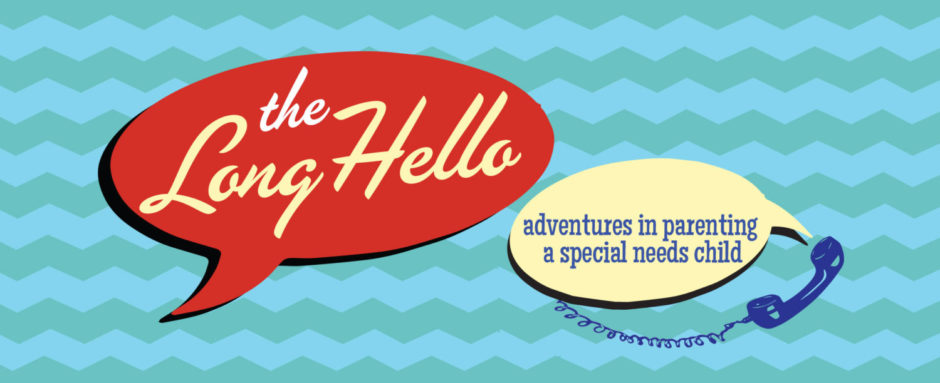5:30 in the morning. My husband was walking by our son’s bedroom and heard strange noises. He peeked in, and saw our son having a seizure. It lasted for about a minute, and only involved his upper body. After the seizure stopped, his face and one arm were partially paralyzed for a short time. Our son was conscious during the seizure. He spoke afterward about “shaking” and “feeling sick.” My husband drove him to the ER of our local children’s hospital. I joined him there after getting the girls to school.
What are the Odds?
We learned that people with autism have a 25-30 percent higher incidence of seizures, and that about one-third of them also have epilepsy.
According to the Epilepsy Foundation, a seizure is a sudden surge of electrical activity in the brain, while epilepsy is a disease that involves recurring seizures.
This was our son’s first seizure. Because he was conscious and it only involved his upper body, the doctors described it as a partial seizure. They reassured us that all healthy people get one free seizure pass – but if it happened again, they would want to discuss treatment options and his odds of having another would sharply increase. We scheduled an EEG for the next week, and went home with some basic instructions about how to care for him during a seizure (make sure he’s on his side to avoid choking) and safety tips (don’t leave him alone in the bath).
Diagnostic Tests: EEG and MRI
To prepare for the EEG, our son had to be sleep deprived. Our instructions were to keep him up until midnight, and then wake him up at 5 am. I’m usually in bed by 9 pm, so his dad (who needs a lot less sleep than I do) stayed up with him and woke him up early too.
The EEG itself was uneventful although, not the least bit sleepy, my son giggled and wiggled during the whole procedure. His nurse told us that children with autism rarely fall asleep during the test, no matter how sleep deprived. (Maybe it’s time to revisit the protocol for kids with autism?). The results showed a focal abnormality in part of his brain, on the same side as the seizure. Next step, we scheduled an MRI to see if there was an underlying structural issue such as a tumor.
Before the MRI, our son had another early morning seizure, same time and same characteristics. Now his odds of having another seizure jumped up to about 60-70 percent. We immediately started him on an anti-seizure medication, to which he responded well.
His MRI results were normal, and his doctor advised keeping him on an anti-epileptic medication for 18 months to two years. The longer he goes without having a seizure, even while on medication, the more chance he has to outgrow the condition. So far, we are seizure free.

